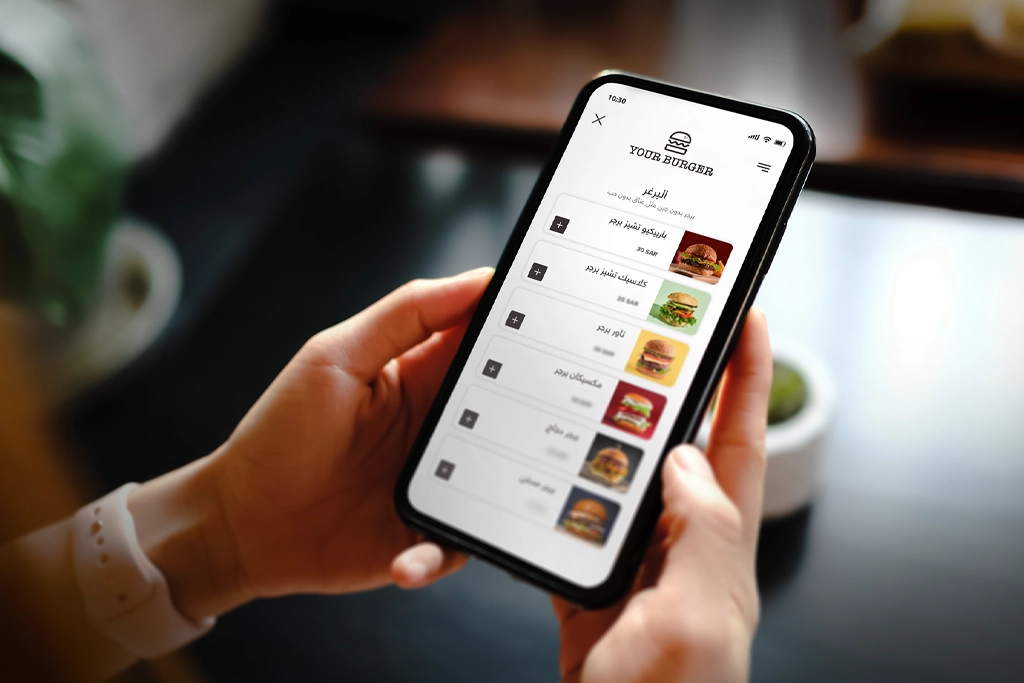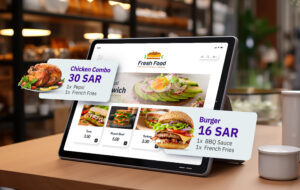Designing a successful food menu is an art in itself. Not only does a menu need to be appealing to the eye but it should also be a silent yet persuasive salesperson, enticing diners to try out unique or exclusive items that you want them to try out. A restaurant menu design should take a lot of things into consideration from aesthetics and design to selling points and psychological effects on customers.
In this article, we will explore the step-by-step process of designing a food menu that not only tantalizes taste buds but also boosts sales and enhances the overall dining experience.
Before we jump to the steps, there are a few things that you should consider before crafting your menu
Defining the Essence
Your restaurant menu design should reflect your restaurant’s identity. If you’re an upscale steakhouse, feature prime beef and fresh juice. For a cozy café, emphasize artisanal coffee and light lunches. A fusion eatery could offer innovative dishes merging different culinary traditions. Clarifying your core values and cuisine sets the foundation for a menu that suits your restaurant’s identity.
Cater To Your Clientele
Understand your customers and adapt your menu. Research their demographics, preferences, and lifestyles. For health-conscious millennials, include plant-based and organic choices. Cater to gourmands with luxury ingredients, fresh juice, and exquisite dishes. Your menu should suit your clientele’s tastes and needs.
Keep Your Menu Short and Neat
A well-crafted menu strikes a balance: it’s not too long, it’s easy to navigate, and it looks neat. By trimming down your menu, you can actually save quite a bit on managing ingredients and reducing food waste. Think about it this way: a shorter menu makes choosing less stressful for your customers. They won’t feel bombarded with options, and that means they’ll make up their minds faster. And you know what that can lead to? They might end up ordering more, and that’s a win-win.
Also Read: 8 Innovative Menu Ideas That Help You Drive Sales
The Steps
Step 1. Write Out All Menu Items
Before diving into design, the first step is mastering the basics of creating a restaurant menu. You can use tools like Excel, Google Sheets, or simply pen and paper to list out all the meals you plan to offer. This preliminary step sets the stage for your culinary offerings and ensures that your food menu design takes shape with precision.
Step 2. Curate Your Menu Display
Now that you’ve gathered your gastronomic gems, let’s give them the spotlight they deserve. Begin by categorizing your creations into delightful sections like appetizers, entrees, and desserts.
But this is where it gets exciting. Select the top performers, the dishes that steal the spotlight and leave everyone eager to dig in.
Now imagine this: a purposeful arrangement that naturally draws attention to these standout culinary delights, often those with a high-profit margin. It’s akin to giving your menu a fresh look under your creative guidance. Experiment with fonts, colors, and borders to make them stand out and create an irresistible allure.
Step 3. Set Menu Prices Wisely
When it comes to pricing, it’s crucial to tread carefully to prevent any surprise or sticker shock for your customers. One effective way to achieve this is by employing some subtle yet powerful menu psychology techniques. Consider ditching the traditional currency signs and presenting your prices in a clean, uncluttered format. Instead of a dedicated column that draws immediate attention to the numbers, try integrating the prices seamlessly with the menu items. This strategic arrangement helps divert the patrons’ focus away from the cost itself.
If you need help with setting up menu prices to maximize profitability, we’ve got the guide for you! “How to Increase Restaurant Profitability Through Menu Pricing Strategies”
Step 4. Craft Enticing Descriptions
Imagine transforming a simple “Salmon Salad” into a culinary seduction: “Grilled Wild Salmon Salad, kissed by zesty lemon vinaigrette, nestled in a vibrant bed of crisp greens and juicy cherry tomatoes.” This isn’t just about words; it’s about sharing the chef’s passion. Dive into the tale behind each dish, embracing the inspiration, sourcing journey, and meticulous preparation. Let these stories flourish with sensory-rich adjectives like “crispy,” “savory,” and “tangy.” Imagine a first-time guest reading your menu – what imagery would captivate their senses? Consider their questions, and watch as your menu comes alive with irresistible allure.
Step 5. Select a Menu Color Palette
After arranging your menu items logically on the sheet, give your eyes a breather from spreadsheets and focus on design. Pick a color scheme that resonates with your restaurant’s identity. It could be as easy as selecting three preferred colors or opting for black and white to save on printing costs.
Step 6. Choose Typography and Aesthetics
Font selection is an unspoken reflection of your brand’s personality. Choose legible fonts that match your restaurant’s vibe, whether it’s elegant script for a high-end establishment or playful sans-serif for a casual café. Incorporate design elements, like line dividers or subtle illustrations, to enhance visual appeal without overwhelming the menu’s clarity.
Also, keep in mind that having a menu that’s easily updated is very important. Leaving room for adding or taking off items as time goes by, especially when seasons shift, is really important. A well-thought-out restaurant menu design becomes familiar to returning patrons, including the loyal ones. Ensuring effortless updates not only saves you from the need for frequent redesigns but also maintains a consistent experience for your cherished customers.
Step 7. Make Room for Photos
Photos have immense power over people’s minds. Showcasing mouthwatering photos on your menu can boost sales if you keep it balanced. How often has a customer made an order by pointing at a photo of a juicy burger or fiery chicken wings, saying, “I’ll have this”?
Whether you’re hiring a pro photographer or not, make sure the photo quality is excellent and translates well to printing. With digital menus, you’ve got more space for photos, so capitalize on it by presenting your best dishes in the most tempting way.
Step 8. Test the Waters
Before going full-scale, test a small batch of printed menus among colleagues or friends. Gather feedback on readability, clarity, and overall appeal. This trial phase allows you to fine-tune your menu’s design based on real-world reactions.
Step 9. The Final Touches
Incorporate the feedback received and finalize your restaurant’s food menu design. Proofread diligently to eliminate any errors that could mar the dining experience. Print the menus on high-quality paper or cardstock, transforming your vision into a tangible work of art.
Suppose you haven’t yet made the transition to a digital menu. In that case, we strongly recommend reading this blog to discover how it can significantly enhance customer experience, elevate sales, reduce costs, and offer a range of other advantageous benefits.
Wrapping Things Up
Your restaurant’s menu is a powerful tool that can do wonders for your business. From choosing the best dishes to picking the fitting font and colors, crafting the perfect restaurant menu design that is unique to your brand’s identity can be challenging yet rewarding. Remember, crafting the perfect menu is an art, so invest the time and collaborate with the right individuals to make it shine.
If you are struggling with planning your menu, you can always refer to our Menu Engineering feature!



